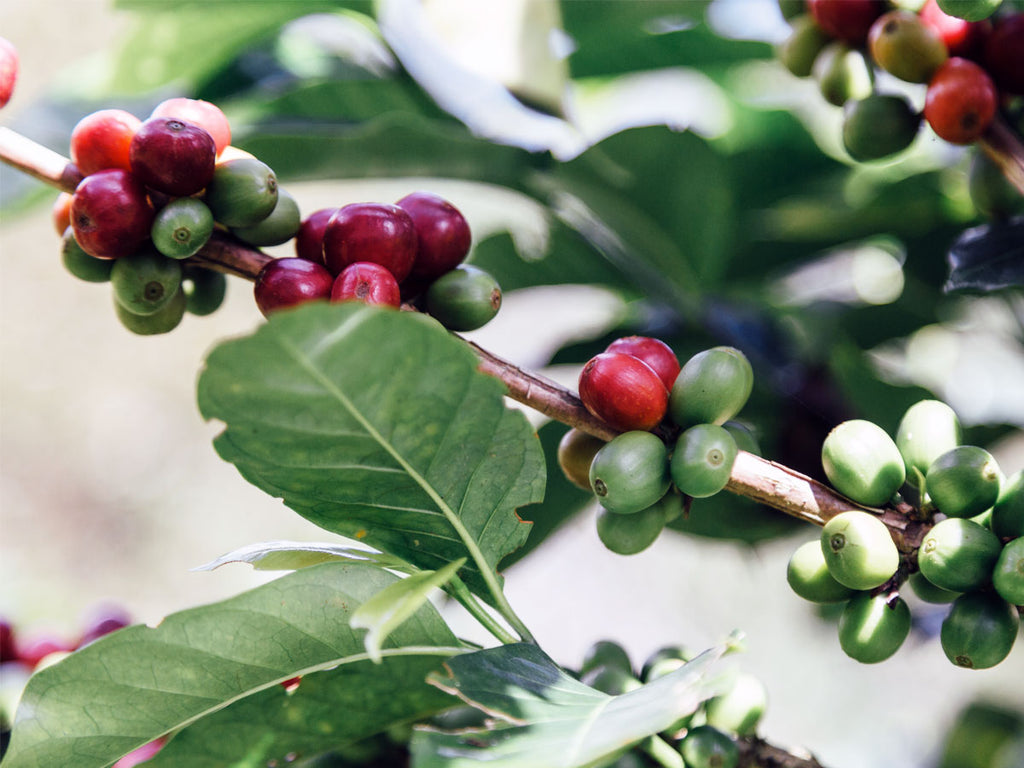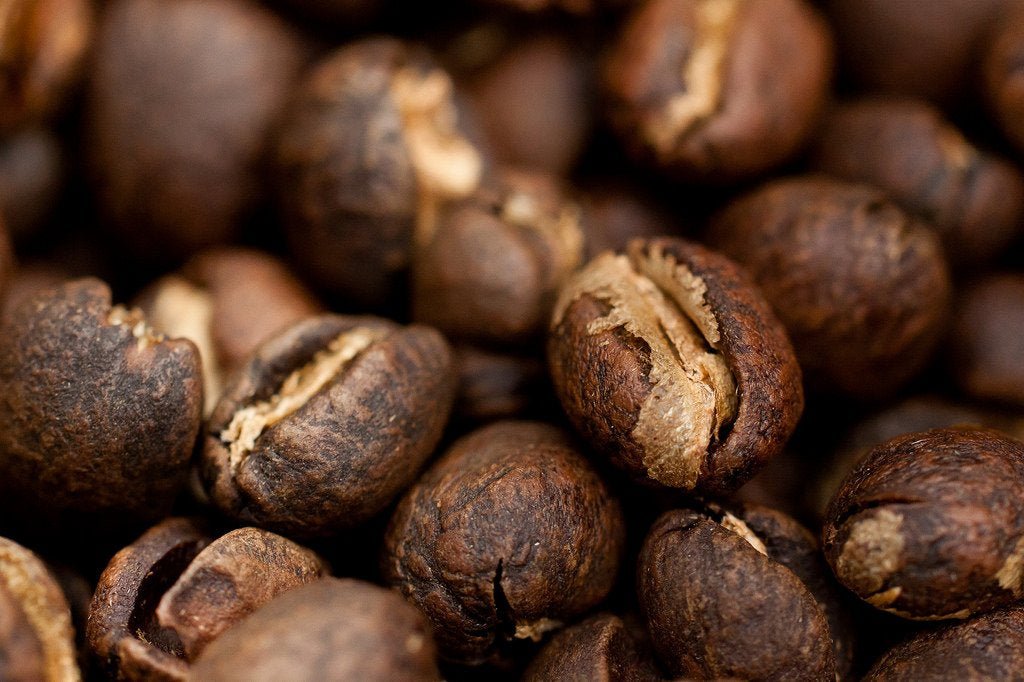Exploring the Abundant Tastes of Coffee Beans: a Deep Dive Into Espresso and Blended Coffee Beans
You reveal a complex world where each range brings its own character to your mug when you discover the rich tastes of coffee beans. Recognizing the beginnings, processing approaches, and roasting methods can transform your coffee experience. As you navigate via the art of espresso and the creativity behind blended coffees, you'll start to appreciate the nuances that make each sip unique. What you'll uncover following may alter the method you enjoy your early morning mixture.
The Origins of Coffee Beans: Exploring Terroir and Taste Profiles
When you take a sip of coffee, you're not simply delighting in a beverage; you're experiencing a rich tapestry of tastes formed by the beans' beginnings. Each area creates one-of-a-kind flavor accounts affected by elevation, dirt, and environment. Beans from Ethiopia commonly rupture with brilliant, fruity notes, while those from Colombia have a tendency to provide a balanced, nutty sweetness.As you discover various origins, you'll see exactly how terroir-- the environmental variables influencing a crop-- plays a vital role. The exact same coffee variety can taste considerably different depending on where it's grown.When you take into consideration these elements, you begin to appreciate the intricacy behind your mug. Each sip informs a story of the land and the farmers that supported the beans. So, next time you delight, think of the journey your coffee took prior to it reached your hands, and enjoy those detailed flavors that show its beginning.
Comprehending Coffee: The Art and Scientific Research Behind the Brew
When you think of espresso, it's not nearly the solid taste; it's additionally concerning the techniques that bring it to life. Recognizing exactly how different preparation methods effect taste can change your developing experience. Let's discover the details of espresso preparation and reveal the unique taste profiles that make each cup unique.
Espresso Prep Work Techniques
Espresso prep work is both a scientific research and an art, incorporating accurate techniques with a deep understanding of coffee. To begin, you'll want to pick top notch, freshly roasted beans and grind them finely for optimal removal. The work size is important; as well crude, and your espresso will certainly be weak, as well fine, and it'll be bitter.Next, tamp the premises equally in the portafilter to guarantee uniform removal. When you lock it right into the machine, objective for a brewing temperature in between 190 ° F and 205 ° F.As you draw the shot, watch for the best extraction time-- around 25-30 seconds. The outcome must be a rich, luscious coffee with a stunning layer of crema on top - SOE. With practice, you'll grasp these methods
Flavor Profiles Explained
The globe of espresso uses a rich tapestry of flavor profiles that can raise your coffee experience. When you take that very first sip, you'll notice a balance of sweet taste, anger, and level of acidity. Each espresso bean brings distinct notes, from flower and fruity to nutty and chocolaty. Light roasts often display intense level of acidity and vivid flavors, while dark roasts present much deeper, bolder tones.Understanding these accounts helps you select the appropriate espresso for your palate. Explore various blends can disclose unexpected mixes. For example, a well-crafted blend could integrate the bright notes of an Ethiopian bean with the abundant, chocolatey touches of a Brazilian bean. Welcome the trip of finding espresso's varied tastes, and you'll change your coffee routine right into an exciting journey.
Processing Approaches: Exactly How They Impact Flavor and Fragrance
While it might appear that the beginning of coffee beans is one of the most substantial consider identifying their taste and aroma, the handling techniques used post-harvest play an equally vital role. You'll discover that these approaches can substantially modify the final taste profile of your cup.For circumstances, the washed process eliminates the fruit from the beans prior to fermentation, often causing a cleaner, brighter taste. Meanwhile, the all-natural procedure leaves the fruit undamaged throughout drying, leading to a sweeter, fruitier profile.Other approaches, like honey handling, strike an equilibrium, allowing some fruit mucilage to remain, supplying an unique complexity.Each handling technique communicates with the beans' integral features, enhancing or muting particular flavors and scents. So, when you drink that go to the website coffee or combined coffee, keep in mind that the trip from cherry to mug is influenced not just by origin but also by just how those beans were refined.

Roasting Methods: Unlocking the Full Possible of Coffee Beans
Roasting strategies are vital for disclosing the complete capacity of coffee beans, as they change raw, green beans right into the aromatic, tasty coffee you enjoy. The option of toasting method-- light, tool, or dark-- dramatically influences flavor profiles. Light roasts protect the beans' all-natural acidity and fruity notes, while tool roasts equilibrium sweet taste and richness. Dark roasts, on the other hand, emphasize strong, great smoky flavors.You can experiment with roasting times and temperature levels to discover your best mixture. A slower roast at reduced temperatures enables complicated tastes to create, while a quicker roast can heighten resentment. Take note of the fractures during roasting; the very first crack suggests a light roast, while the 2nd split signals a dark roast - SOE. By understanding these strategies, you'll disclose a world of taste, elevating your coffee experience to brand-new heights. Enjoy every sip, recognizing the treatment that entered into your cup!
The Magic of Blended Coffee: Developing Unique Flavor Experiences
Developing an unique flavor experience with mixed coffee can change your early morning ritual right into an expedition of taste. By incorporating different beans from different areas, you can expose a symphony of flavors that boost your cup to new elevations. Each blend offers a distinctive profile, balancing sweet taste, body, and acidity to create something genuinely special.When you choose a blend, you're not simply choosing a coffee; you're choosing a journey across diverse landscapes and cultures. Exploring with various combinations allows you to find your personal faves, whether you enjoy fruity notes or rich, chocolatey undertones.Blended coffee additionally offers you the versatility to readjust the brew to suit your state of mind. You could long for a light-bodied blend someday and a vibrant, dark roast the following. Embrace the magic of blending and allow each cup surprise your taste buds, making here are the findings every sip a fascinating experience.
Tasting Notes: Identifying the Nuances in Your Mug
As you drink your coffee, you may discover a range of flavors dancing on your taste, each exposing the complexities of the beans. You may taste the bright level of acidity reminiscent of citrus or the deep, abundant notes akin to dark delicious chocolate. The sweet taste could stimulate honey or caramel, balancing the overall profile beautifully.Pay attention to the body of the coffee-- does it really feel ventilated and light, or is it complete and velvety? The coating, also, offers hints; a sticking around aftertaste may hint at nuttiness or flower undertones.Don' t fail to remember to discover the distinct characteristics of different beginnings, as each area passes on distinct tastes. For circumstances, Ethiopian coffees commonly present fruity notes, while Colombian beans might display a much more rounded sweetness. By identifying these subtleties, you'll grow your appreciation for every cup, raising your coffee experience to new heights.

Developing Techniques: Making The Most Of Flavor Removal for each Bean
You'll uncover that each strategy can considerably impact the flavor account of your coffee when you check out the different brewing approaches. From French press to pour-over, each technique essences different compounds, enhancing look what i found or silencing particular notes. For example, utilizing a French press permits oils to continue to be in the brew, creating a richer taste, while pour-over emphasizes quality and brightness.Temperature and grind dimension likewise play vital roles. A coarser grind works best for chilly mixtures, while a fine work is suitable for espresso. Trying out water temperature-- between 195 ° F and 205 ° F-- can disclose hidden flavors, too.Don' t ignore steeping time; a quick removal can lead to sour notes, while over-extraction might generate anger. By changing these variables, you can take full advantage of taste removal and really raise your coffee experience. Delight in the journey of finding what method best suits your taste!
Often Asked Concerns
What Is the Ideal Water Temperature for Developing Coffee?
The excellent water temperature level for brewing coffee's in between 195 ° F and 205 ° F. If you use water that's also hot, you'll over-extract tastes; as well cool, and you will not draw out sufficient. Purpose for that wonderful place for the very best mixture!
How Does Work Dimension Affect Coffee Flavor?
Grind dimension considerably impacts coffee taste. Better grinds remove much more oils and flavors, leading to a bolder preference, while coarser grinds yield a lighter taste. Changing grind size helps you accomplish your preferred coffee account.
Exist Wellness Perks Linked With Alcohol Consumption Coffee?
Yes, consuming coffee can use health benefits. It may enhance cognitive function, increase metabolic rate, and reduced the risk of certain conditions. Just keep in mind to appreciate it in moderation to gain the benefits without damaging impacts.

What Is the Difference Between Arabica and Robusta Beans?
Arabica beans are smoother and sweeter, often including fruity tastes, while robusta beans are more powerful with a bitter preference and greater caffeine content. You'll see these distinctions in aroma and brewing experience.
Just How Can I Store Coffee Beans for Quality?
To store coffee beans for quality, keep them in a closed container, away from heat, light, and dampness. If you only grind what you require right before developing, you'll preserve their taste longer. When you discover the rich tastes of coffee beans, you discover a complex world where each variety brings its very own personality to your cup. When you take a sip of coffee, you're not simply taking pleasure in a drink; you're experiencing an abundant tapestry of tastes shaped by the beans' beginnings. While it might appear that the origin of coffee beans is the most considerable factor in identifying their taste and scent, the handling methods utilized post-harvest play a just as necessary duty. Roasting techniques are crucial for revealing the complete possibility of coffee beans, as they transform raw, eco-friendly beans right into the aromatic, delicious coffee you delight in. As you drink your coffee, you might discover a range of tastes dancing on your palate, each exposing the details of the beans.